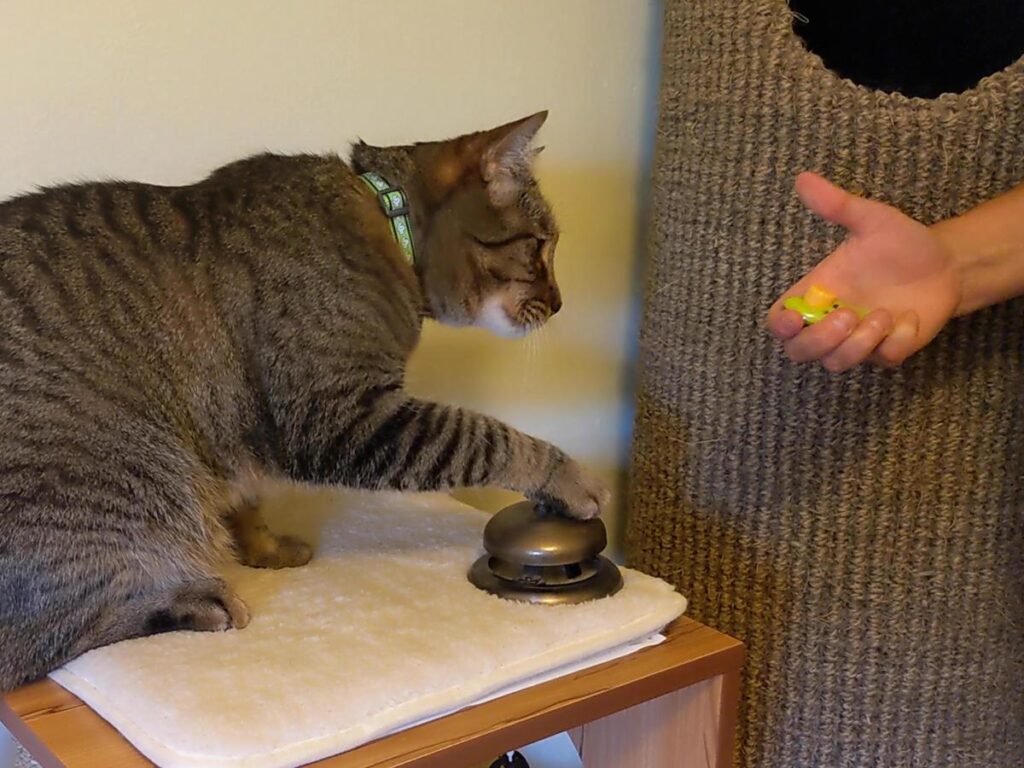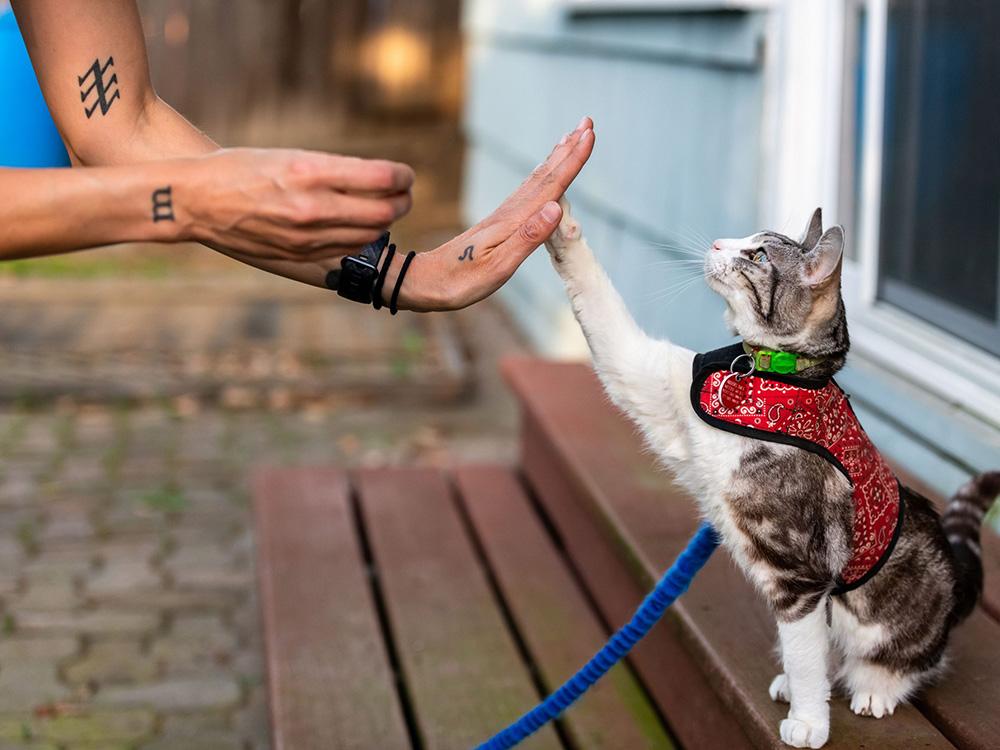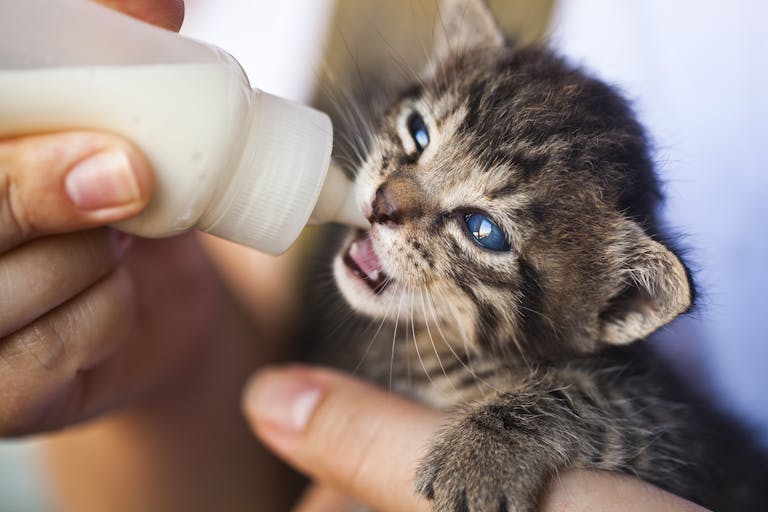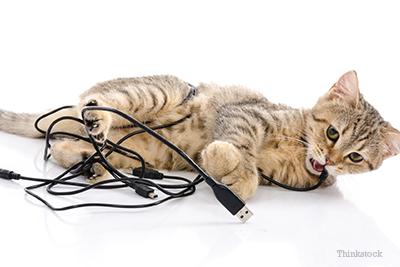How to Clicker Train Your Cat: 5 Fun & Proven Steps to Success

How to Clicker Train Your Cat: A Fun and Rewarding Experience
If you’ve ever wondered whether you can clicker train your cat like a dog, The good news is—absolutely! – and it can be incredibly rewarding. It’s a fantastic way to build communication, strengthen your bond, and even keep your feline friend mentally stimulated. Let’s dive into how you can easily clicker train your cat, no matter their age or mood.
What is Clicker Training for Cats?
Many people assume cats are independent creatures who couldn’t care less about training, but that’s a myth. Cats are smart, curious, and incredibly capable learners. Clicker training offers a positive, gentle approach to shape your cat’s behavior without stress or force. Plus, it makes your interactions way more fun and meaningful.
“Training your cat isn’t about obedience; it’s about mutual understanding and fun.” – A fellow cat lover
Whether you want to teach your kitty to come when called, use the litter box properly, or perform adorable tricks, clicker training is a proven method that taps into your cat’s natural instincts and desire for rewards.
Step-by-Step: How to Clicker Train Your Cat
Don’t worry if you’re new to this. Clicker train your cat is simple when you break it down into easy steps. Here’s how to get started:
Step 1: Get Your Clicker Ready
The first step is to pick up a clicker. This small handheld device makes a distinct “click” sound that becomes a marker to tell your cat they did something right. If you don’t have a clicker, you can use a similar short, consistent sound like a “tssk” or “ding.”
Step 2: Associate the Click with a Treat
Before asking your cat to do anything, you want them to understand that the click means good things are coming. To do this, follow these steps:
-
- Click the clicker once, then immediately give your cat a small treat.
-
- Repeat this several times per session, multiple sessions a day.
-
- After a day or two, your cat will start associating the click with a treat, meaning the sound itself becomes rewarding.
Step 3: Start with a Simple Behavior
Choose an easy behavior for your cat to perform—like sitting or touching your hand. When your cat does the behavior (even accidentally at first), click immediately, then reward.
-
- Timing is everything. The click should happen right as the behavior occurs.
-
- If your cat isn’t doing the behavior yet, try encouraging it gently. For example, tap their rump lightly to prompt a sit.
Step 4: Practice and Expand
Once your kitty starts connecting the dots, practice the behavior regularly but keep sessions short (5-10 minutes) to avoid frustration. Gradually introduce new commands or tricks—like “high five,” “come,” or “stay.”
Step 5: Fade Out Treats (Eventually)
After your cat reliably performs the behavior, start giving treats less frequently but keep clicking. The click acts as a consistent reward marker, while treats become random bonuses to keep your cat motivated.
Common Mistakes to Avoid
-
- Inconsistent timing: Clicking too late or early can confuse your cat. Always click the precise moment your cat does the right thing.
-
- Overfeeding treats: Too many treats can upset your cat’s diet. Use tiny, low-calorie treats and limit training sessions.
-
- Ignoring your cat’s mood: If your kitty’s stressed, tired, or not interested, don’t push it. Pick a better time when they’re more engaged.
-
- Expecting perfection: Cats have personalities and can be stubborn. Patience and gentle repetition are key.
Helpful Tools and Recommendations
To make clicker training easier and more enjoyable, here are some tools I recommend:
-
- Clicker: You can find basic training clickers online or at pet stores. They’re inexpensive, easy to use, and effective.
-
- Healthy treats: Choose small, soft treats that your cat loves and that won’t add too many calories.
-
- Toy rewards: Some cats prefer playtime to food. Use your cat’s favorite toy as a reward if they’re not super food-motivated.
-
- Comfortable, quiet training space: Pick a calm area free from distractions—not right in the middle of a busy household.
One great starter kit I’d suggest is the Ultimate Cat Clicker Training Kit. It comes with an easy-to-use clicker, tasty treats, and a handy guide to get you started on the right paw! For a deeper dive into feline clicker training, the International Cat Care guide offers step-by-step tips based on cat behavior science.
Bonus Section: FAQs About Clicker Training Cats
Can you clicker train an older cat? Absolutely! Cats of all ages can learn new things. Older cats might take a bit longer to catch on, but the mental stimulation is well worth the effort.
How long does it take to train a cat? It depends on your cat’s personality and the behavior you want to teach. Some cats get it in a few days, while others may need a couple of weeks. Short, frequent sessions are best.
What if my cat ignores the clicker? If your cat isn’t responding, try pairing the click with higher-value treats or changing your reward. Sometimes, the click sound itself can be startling—make sure your clicker isn’t too loud or unfamiliar.
Wrapping Up: Why You’ll Love Clicker Training Your Cat
Clicker train your cat isn’t just about teaching your cat tricks; it’s an invitation to deepen your connection and understand each other better. With patience, consistency, and a sprinkle of treats, you’ll be amazed at what your kitty can learn. Plus, it’s a great way to keep their minds sharp and prevent boredom-induced mischief. So grab a clicker, some treats, and start your fun training adventure today!
Remember, every cat learns at their own pace, so celebrate the small wins and enjoy the process. Happy training!






